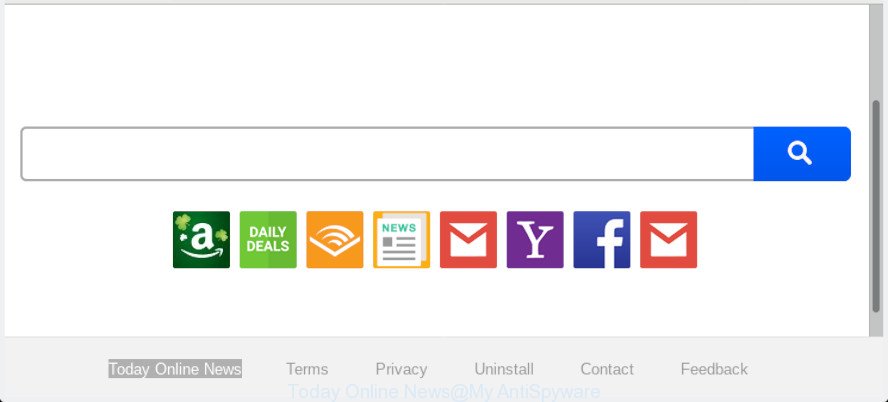Today’s fast-paced digital age, the act of consuming news has transformed significantly from the days of conventional newspapers. The rise of online news has altered how we obtain information, making it quicker and often easier. With just a few clicks, we can stay updated on international news, popular news, and local events. Yet, this shift brings both benefits and drawbacks that all reader needs to navigate. As we peruse endless feeds and notifications, it becomes important to foster a discerning eye to filter the overwhelming volume of online content.
The landscape of news consumption is changing rapidly. Many Gen Z are increasingly leaning towards online sources over traditional mediums, resulting in a marked decline in print journalism. https://blogfreely.net/eggnickel75/clicks-and-truths-exploring-the-digital-news-landscape will explore various facets of online news, from the positives and drawbacks of digital platforms to the ethical considerations in news gathering. Along the way, we will look into how social media, video content, and even artificial intelligence are playing essential roles in shaping our media experiences. These insights aim to arm you with the tools necessary to navigate the current news environment efficiently.
A Transition to Digital News Access
The transition from conventional newspapers to digital news platforms represents a major change in the manner we consume information. In the past years, the convenience of online media has made it more convenient for readers to keep informed on current events. With the introduction of smartphones and tablets, global news is just a click away, allowing people to consume information at any moment and from everywhere. This shift has profoundly altered our relationship with news, moving it from a scheduled event to a uninterrupted stream of content available 24/7.
Newer generations, in particular, have adopted online news as their main source for information. Research shows that these age groups favor platforms that provide immediate access to news articles, videos, and social media discussions. Online platforms not only respond to their preference for speed but also offer personalized content that aligns with their interests. This growing trend highlights a broader cultural change in media consumption, where traditional formats struggle to compete against the dynamic and interactive nature of online news.
As we navigate this evolving landscape, it is important to recognize both the advantages and disadvantages that come with online news access. While the rapidity and convenience of digital access make being informed easier, the proliferation of information can lead to confusion and misinformation. Understanding how to carefully evaluate sources and navigate the plethora of available content will be crucial as we continue to adapt to this changing news environment.
Understanding the Impact of Social Media
Online platforms has certainly transformed the landscape of online news consumption. romanian news portal like X, Meta, and Instagram serve as main channels through which current events is distributed. This instantaneous nature allows users to get updates in the moment, creating a culture of quickness. However, the downside is that the fast sharing of information can often lead to confusions, as subtle aspects may be missed in the quick environment of digital timelines.

Moreover, online platforms allows a wide array of voices to take part in the news conversation. Though traditional media typically sticks to traditional editorial standards, these platforms empowers individuals and community efforts to voice their opinions and address overlooked issues. This democratization of information can enrich public discussion, yet it raises concerns about the credibility and trustworthiness of news sources. As users are flooded with various opinions, differentiating fact from opinion becomes increasingly challenging.
Lastly, the platforms' algorithm-driven content curation influences the way we engage with news. Users are commonly presented with information that corresponds to their pre-existing beliefs, creating closed loops where other viewpoints are marginalized. This occurrence not only forms individual views but can also influence broader societal narratives. As a result, grasping the detailed relationship between social media and news is essential for grappling with the difficulties of today's information environments.
Dealing with Challenges: Fake News and Misinformation
The rise of digital news has unfortunately matched with the emergence of misleading news and deceptive content, making it ever more difficult for readers to tell truth from fiction. Social media platforms, while enabling the rapid dissemination of information, also act as incubators for false narratives and exaggerated stories. This phenomenon has brought up significant concerns about how consumers interact with news and the detrimental impacts that false information can have on public opinion, especially during key events like elections or crises.
To combat misinformation, it is important for consumers to develop a analytical eye when engaging with internet news. Assessing sources, fact-checking facts through multiple reputable outlets, and being aware of the publication's reliability are key steps in finding a way through the frequently unclear waters of online information. In addition, many organizations are now offering educational resources designed to teaching individuals how to identify red flags and pinpoint credible journalism, fostering a more knowledgeable public that can more effectively combat the allure of hype.
As technology continues to develop, the struggle against fake news remains constant. News outlets are embracing innovative strategies to ensure accuracy and responsibility in their reporting, such as incorporating fact-checking features and enhancing transparency about their sources. By proactively participating in the fight against misinformation, consumers can play an integral role in advancing a more reliable media landscape, ensuring that online news serves as a dependable source of information rather than a tool for falsehood.
